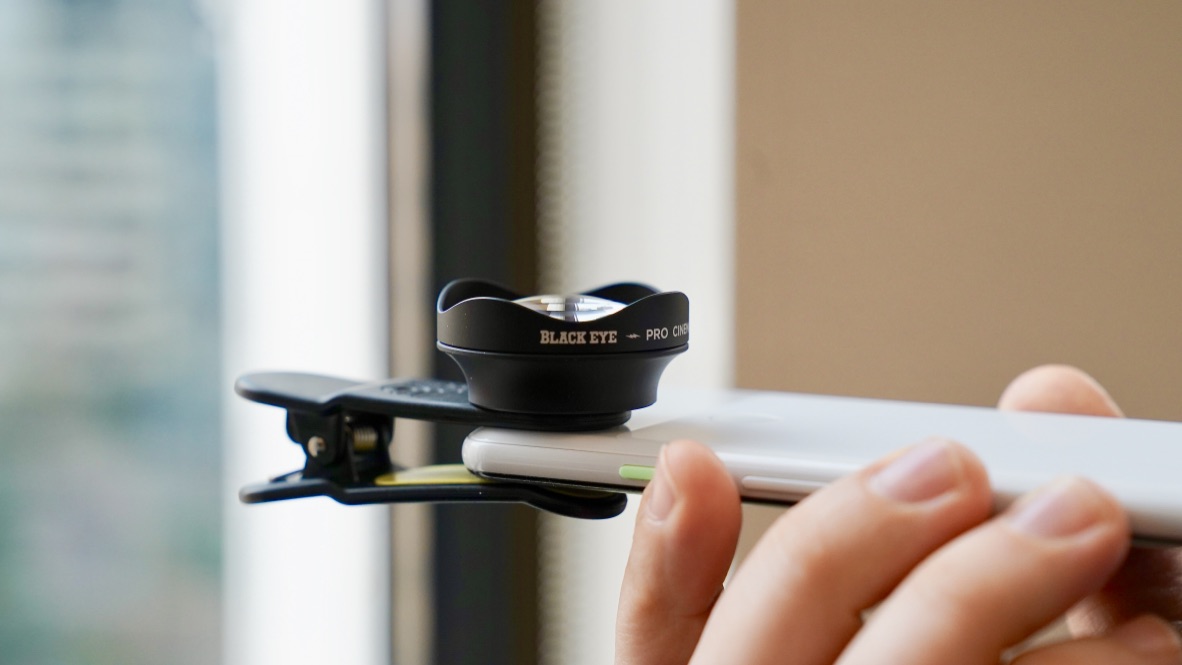TechRadar Verdict
Black Eye’s clip-on lenses offer near-universal compatibility and great flexibility, so you can use them across almost any phone – and you won’t need to buy a new set every time you upgrade your handset. However, in use they can prove fiddly. Positioning the lenses can be time-consuming, particularly on multi-lens devices. It’s not quite the rapid, clip-and-go solution many users might expect.
Pros
- +
Universal compatibility
- +
Strong clips
Cons
- -
Very fiddly to put on
- -
Lenses unscrew easily
- -
Expensive
Why you can trust TechRadar
Smartphone cameras have come a long way in the last few years. In that short span, we’ve gone from single-lens shooters that needed excellent lighting to multi-lens technology that produces superb results in most scenarios – even at night. But while the camera arrays on modern flagship phones already offer a decent amount of versatility, they still can’t quite match what dedicated DSLRs and mirrorless snappers can do – and some of the latter's strength and versatility certainly stems from the wide variety of specialized lenses on offer.
That’s (in theory) where clip-on lenses for phones, like the Black Eye Pro Kit G4, come in. They promise to add that extra dimension to smartphone photography, providing access to wider angles, longer zooms and some amount of creativity with special lenses, all within a portable package that you can easily pocket or drop into a bag. The sales pitch is that they’re perfect for quick, impromptu and creative shoots when you’re out and about.
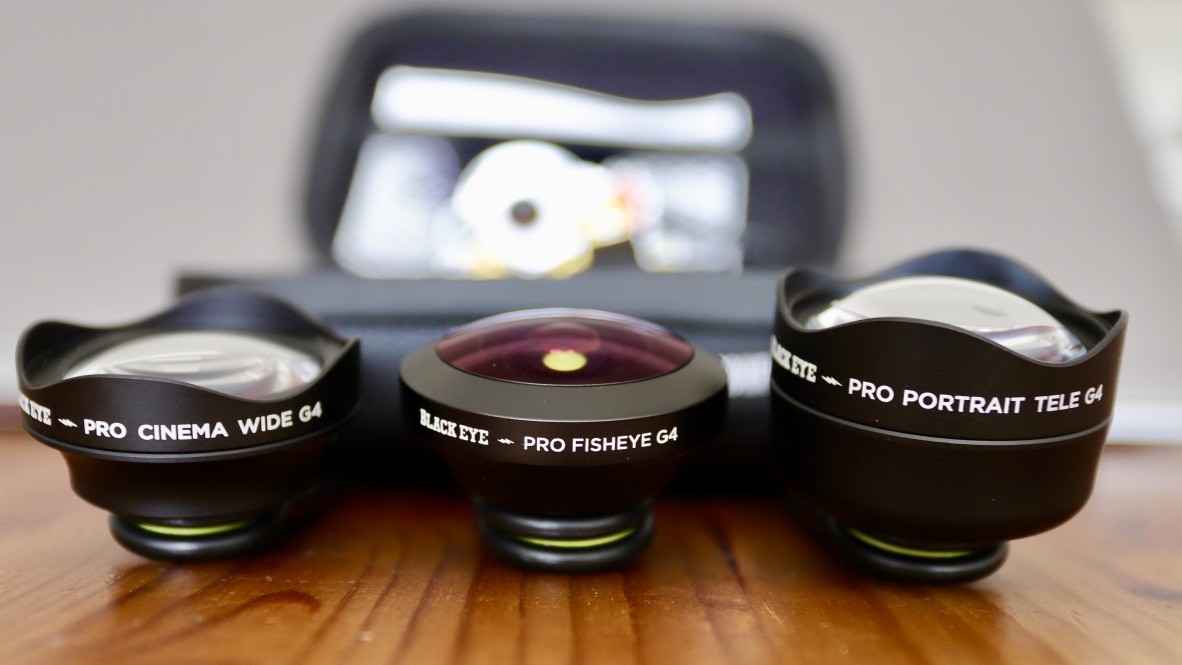
Design
As the name suggests, the Pro Kit G4 is Black Eye’s high-end lens pack, and has been designed with quality in mind. It includes three different glass lenses: a portrait telephoto model that gets you a 2.5x magnification, a fisheye lens for a hemispherical field of vision, and a wide-angle lens for 120-degree shots.
The optics of each is fitted within a well-made aluminum frame and these are screwed onto their own sturdy, clothespin-like clip. Some thought has clearly gone into the design of the lenses, with a strip of yellow rubber on the side of the clips to prevent your phone’s screen from getting scratched.
The clip’s spring is tight, meaning the moment the lens is fixed onto a phone, it won’t move around due to accidental shakes. In fact, we were so impressed by the clips that we were confident enough to clip them onto the shoulder straps of the backpack we had during our time testing the lenses, making it easy for us to swap them out as and when needed. In the same way, you could even clip them onto a pocket, exactly how you would a clothespin (aka clothes peg).
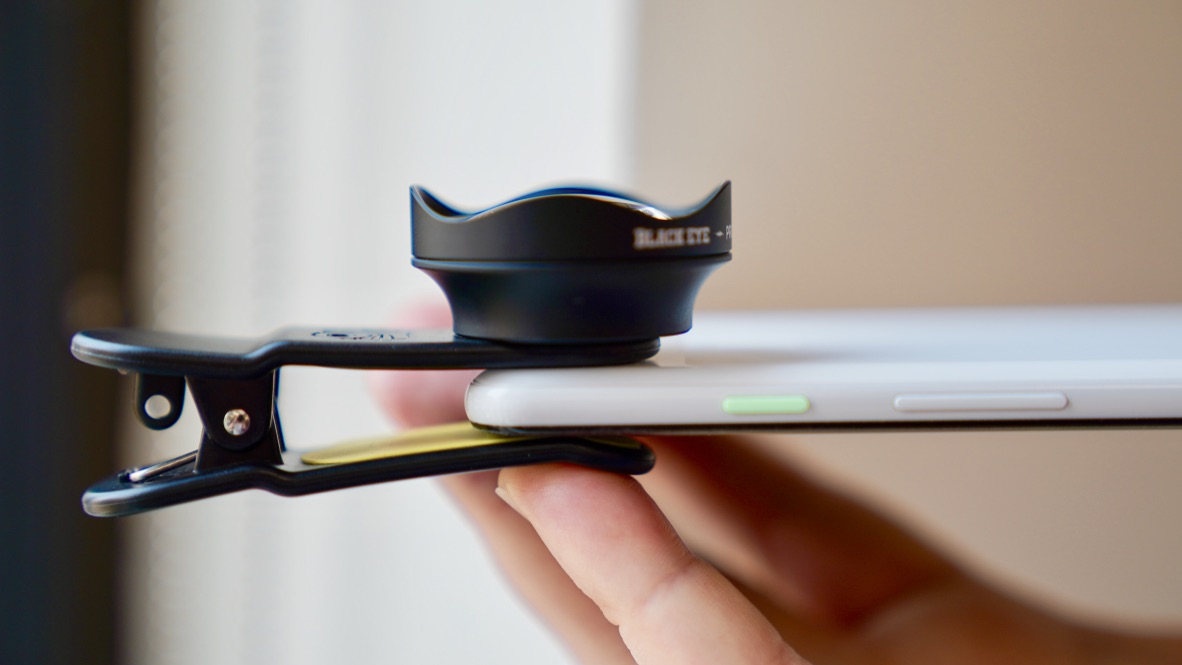
To protect the glass, each lens has a cap that is either a screw-on (in the case of the fish-eye) or a pull-out (for the wide angle and telephoto options). They fit nice and snugly, which is great to keep the lenses safe when not in use, but a side effect of that is that they can be quite difficult to remove. The pull-out lens caps are particularly tricky to get off, even if you manage to get a nail under the little ridge on the cap. In the case of the fish-eye, we also found that unscrewing the cap could occasionally unscrew the lens-housing from the clip itself, too. This adds its own dangers as, if the lens comes away from the clip, chances are the optic assembly will likely come apart.
At the base of each lens where it meets the clip is a small hole, which should sit snug and perfectly aligned with your smartphone’s camera. While it’s easy enough to attach these clips onto a single-lens phone like the Google Pixel 3 (which features a small, circular lens bump) it can be extremely fiddly to get clips and lenses aligned on phones with a large or square camera bump (such as the Samsung Galaxy S8) or on phones with multiple lenses. If you can’t find the exact sweet spot, images can be badly distorted. In such cases, you will have to keep the phone's camera switched on while positioning the lens to make sure it's perfectly aligned.
The Black Eye Pro Kit G4 lenses have theoretically been designed to work with phones cases as well – and we certainly had no problem opening them widely enough to fit over even the most hefty of cases – but in some instances, we did find that even a small gap added by a thick case could add blur and distortion to the resulting photos. If you want the sharpest possible images, you'll need to have the lens sitting flush against your phone’s camera.
The lenses can also be used with the front-facing camera on smartphones, in case you wanted to diversify your selfies.
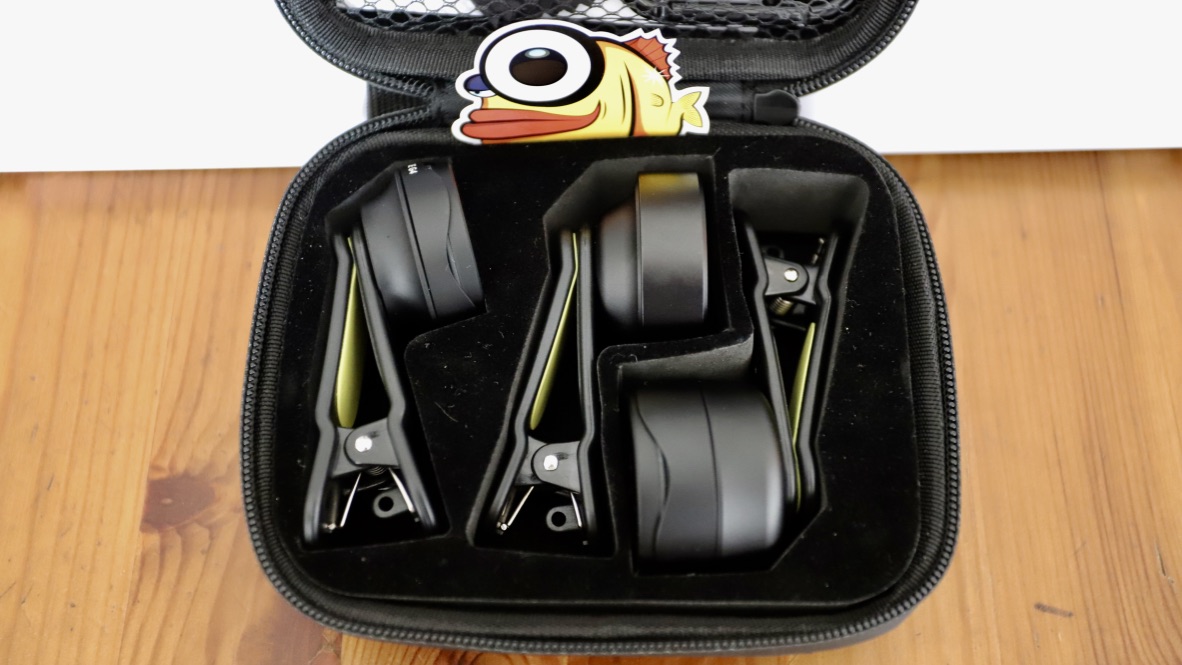
Black Eye has included a well-crafted carrying case with the kit, which is respectably sturdy and provides plenty of cushioning – enough to ensure the G4 lenses will be just fine, even if you happen to drop the case accidentally. A lanyard loop is provided on one corner of the case, and inside is a carabiner which can be fastened to the loop, so you can hang the case on your bag if you wish.
If you're unsure whether the kit is compatible with your phone, Black Eye offers a very useful list of smartphones that it's definitely compatible with – but that said, we also tried the lenses on a Nokia 8 Sirocco, which isn’t listed, and they worked just fine, although we weren't able to use them with a Huawei P30.
User experience & image quality
The three lenses in the Pro Kit G4 do exactly what it says on the tin – you get a decent zoom in addition to what your phone is capable of, a wider angle to frame a shot and a very different perspective with the fish-eye. And they’re ready to be used straight out of the box. Unlike some of the newer Olloclip lenses, which require a companion app to use, the Pro Kit G4 has no such paraphernalia attached to it – just clip on and shoot.
If you take a look at Black Eye’s Instagram account, you’ll see a universally beautiful array of shots. Our experience, though, was quite varied. We tested the lens kit on the Samsung Galaxy S8, an iPhone X, the Google Pixel 3 and the Nokia 8 Sirocco, and the results were very different, but mostly because of how the clip-on lenses fit on each handset.
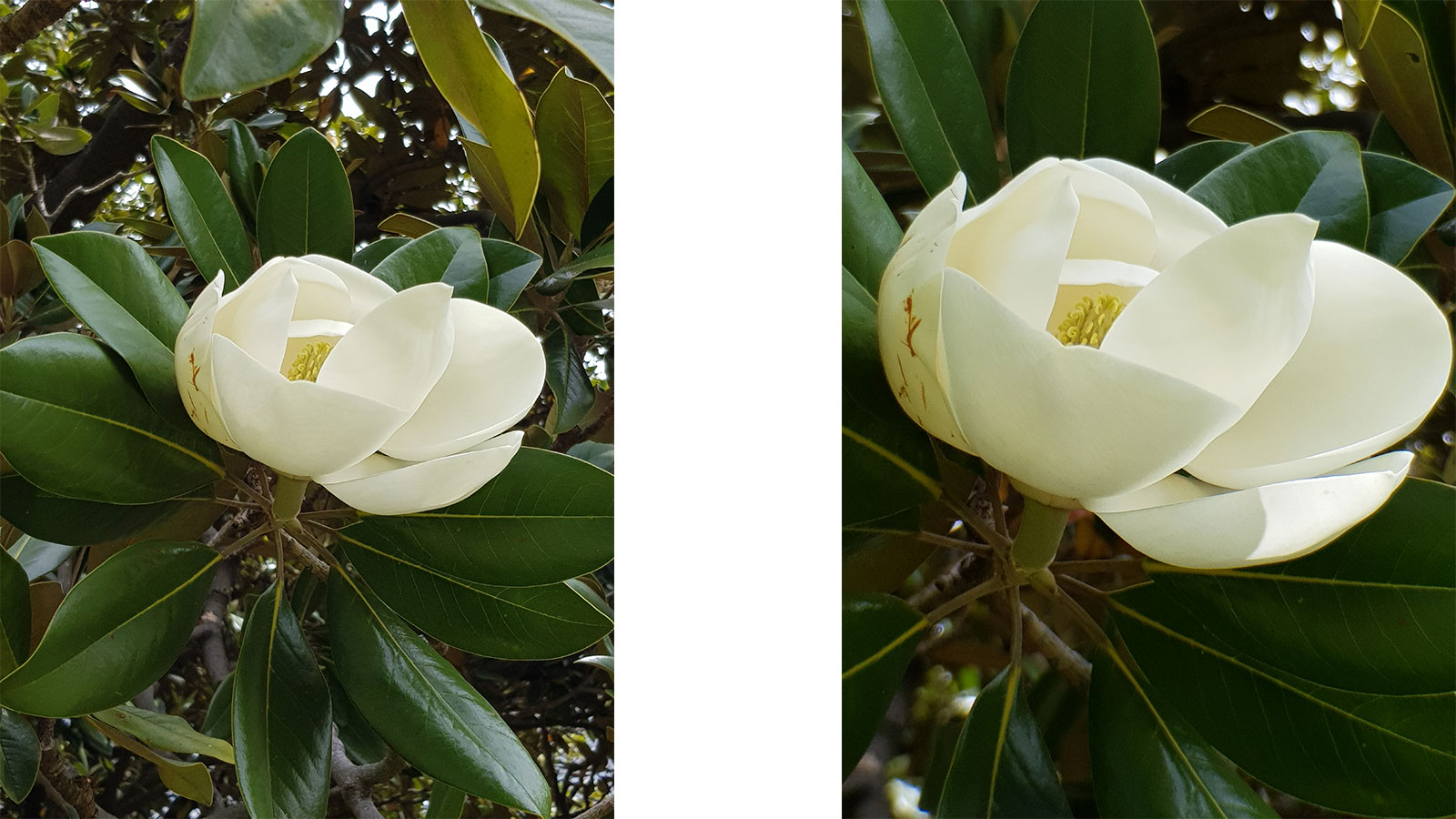
On multi-camera phones, we found that the lenses need to be positioned very precisely to avoid blurring and distortion – and even when you spent some time ensuring placement was as close as possible to ideal, we still experienced both of those problems on many of our test shots. While the magnolia above was a pretty good result using the Pro Portrait Tele G4 lens, we didn’t have as much success with the fish-eye or wide-angle lenses.
Although we did get some blur when using the Pro Fisheye G4, particularly around the edges, the effects were still quite pleasing, and in terms of the finished product the fisheye was certainly the best lens in the Pro Kit G4 kit.
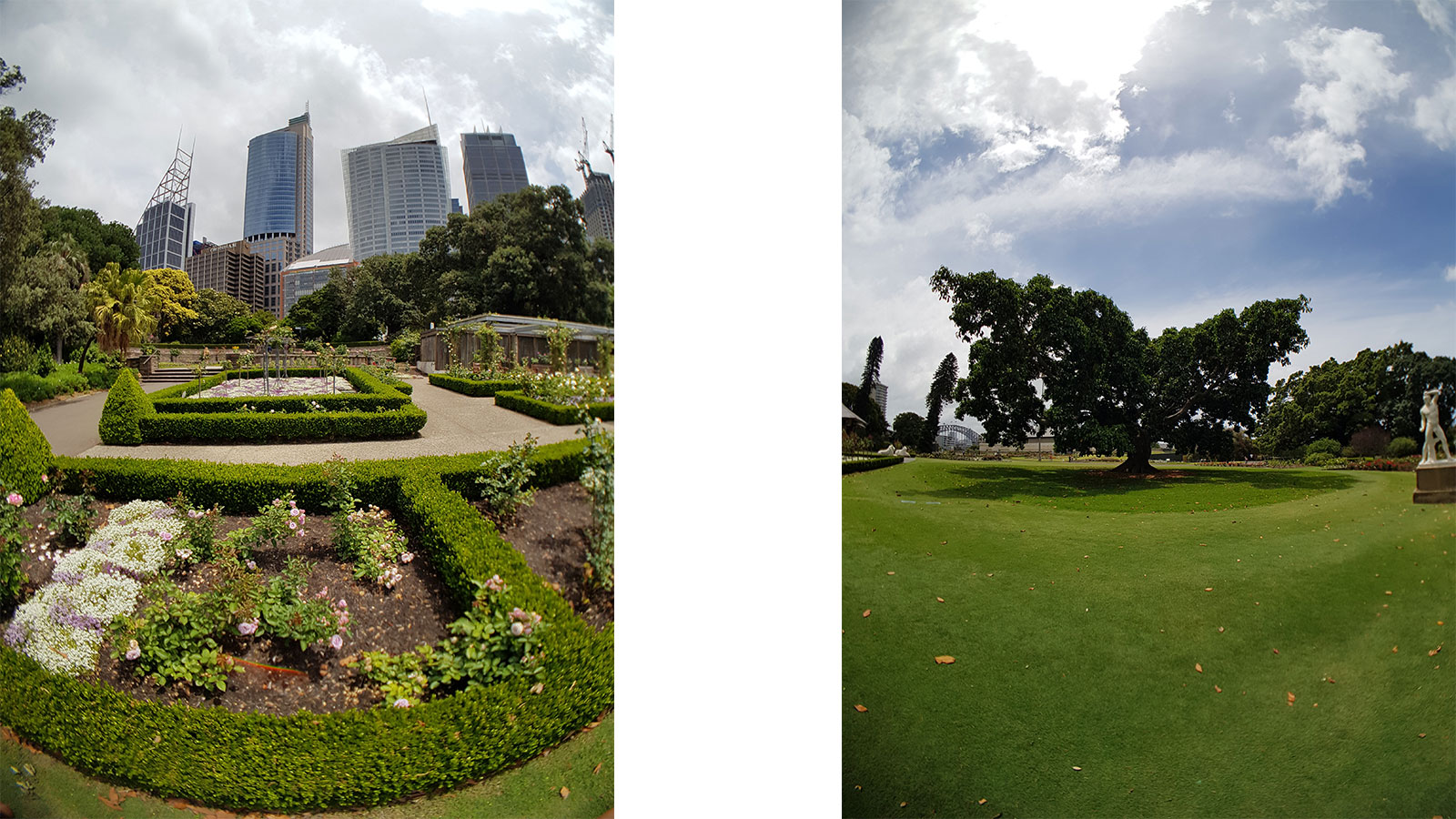
On the other hand, with the wide-angle lens we ran into quite a few problems. The blur along edges and corners was a lot more prominent, even when we had it sitting snug against a smartphone camera. We found the Google Pixel 3, with its small camera bump and single lens, delivered the best results when using the wide-angle lens, as the back glass of the Pro Cinema Wide G4 lens sits flush against the Pixel’s own camera. However, even then there was always some distortion in the corners, although the center was pretty sharp. The wide-angle lens also amplifies the rolling shutter effect, where buildings in the distance appear at an angle.
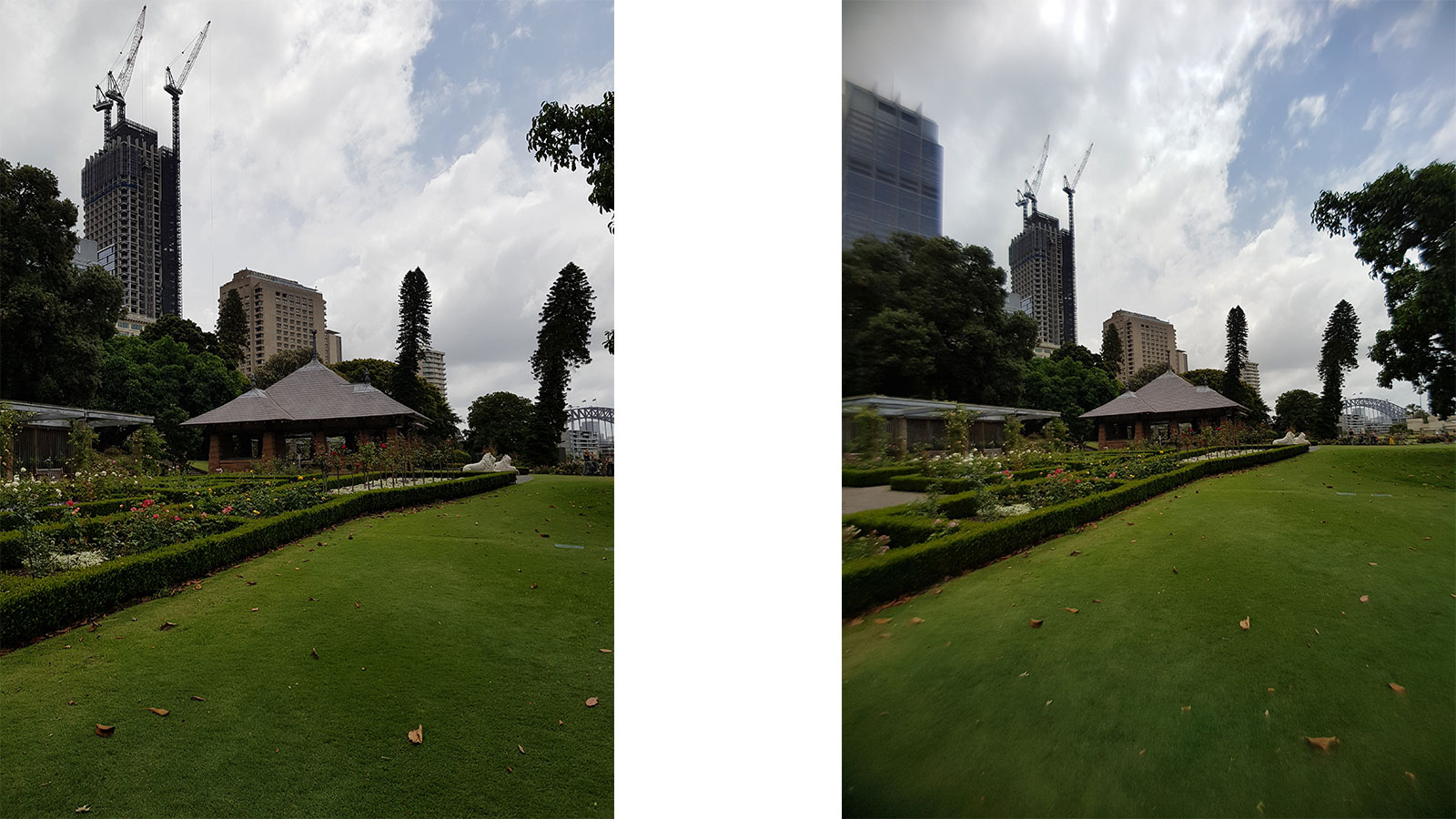
We're tempted to put the wide-angle lens' blurry images down to a manufacturing defect, particularly when compared to some of the excellent shots on the company’s Instagram page.
Verdict
There is no doubt that clip-on lenses, like the ones in Black Eye’s Pro Kit G4, can significantly expand a smartphone camera’s potential. They add versatility and allow you to capture new types of images that your phone normally wouldn’t be capable of.
But are they good value for money? In the case of the three-lens Pro Kit G4, that's somewhat questionable: it costs about $250 / AU$369, making it quite an expensive investment. Not everyone will need all three lenses in the kit, and if that's you, we'd recommend only getting the one you think you’d use the most. For us, that was the Pro Portrait Tele G4 lens, although the Pro Fisheye G4 does have some redeeming features too – with the bulging curves and 180-degree field of view creating quite ‘interesting’ shots. Conversely, the wide-angle lens produced fairly disappointing results.
It’s also important to reiterate that these aren’t quite clip-and-go solutions. They can be fiddly to position on many smartphones, so may not be the best option for something like street photography, where opportunities can pass by incredibly quickly. Instead, they’re best utilized for landscape and nature photography, where you can take your time to fix the lens on properly.
That said, as claimed, these lenses are nearly universal in terms of compatibility and can be used with most handsets. It's worth checking Black Eye’s website for compatibility before purchasing, but that's by no means a definitive list. If your phone's camera shape and position are fairly standard, you shouldn't have much trouble attaching any of these lenses.

While she's happiest with a camera in her hand, Sharmishta's main priority is being TechRadar's APAC Managing Editor, looking after the day-to-day functioning of the Australian, New Zealand and Singapore editions of the site, steering everything from news and reviews to ecommerce content like deals and coupon codes. While she loves reviewing cameras and lenses when she can, she's also an avid reader and has become quite the expert on ereaders and E Ink writing tablets, having appeared on Singaporean radio to talk about these underrated devices. Other than her duties at TechRadar, she's also the Managing Editor of the Australian edition of Digital Camera World, and writes for Tom's Guide and T3.
